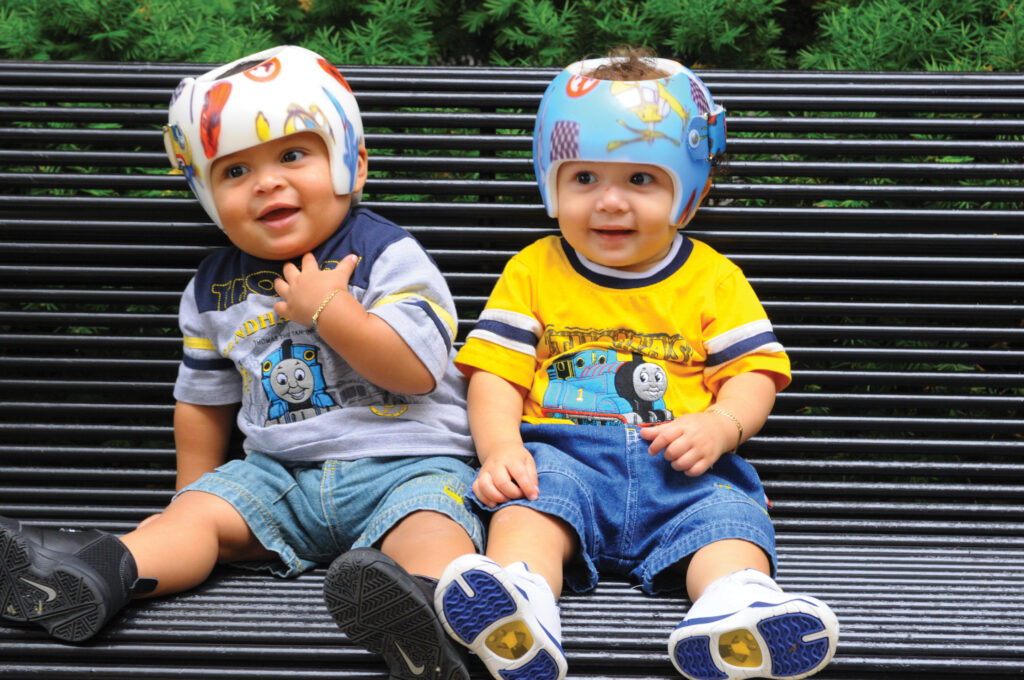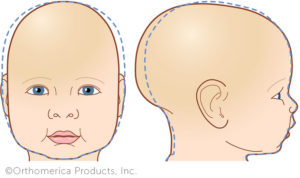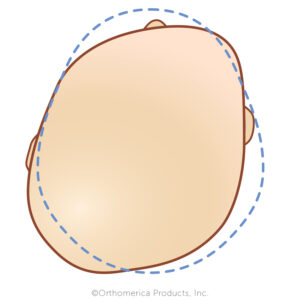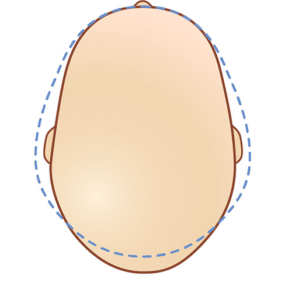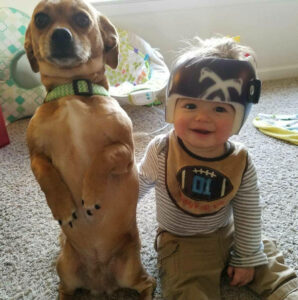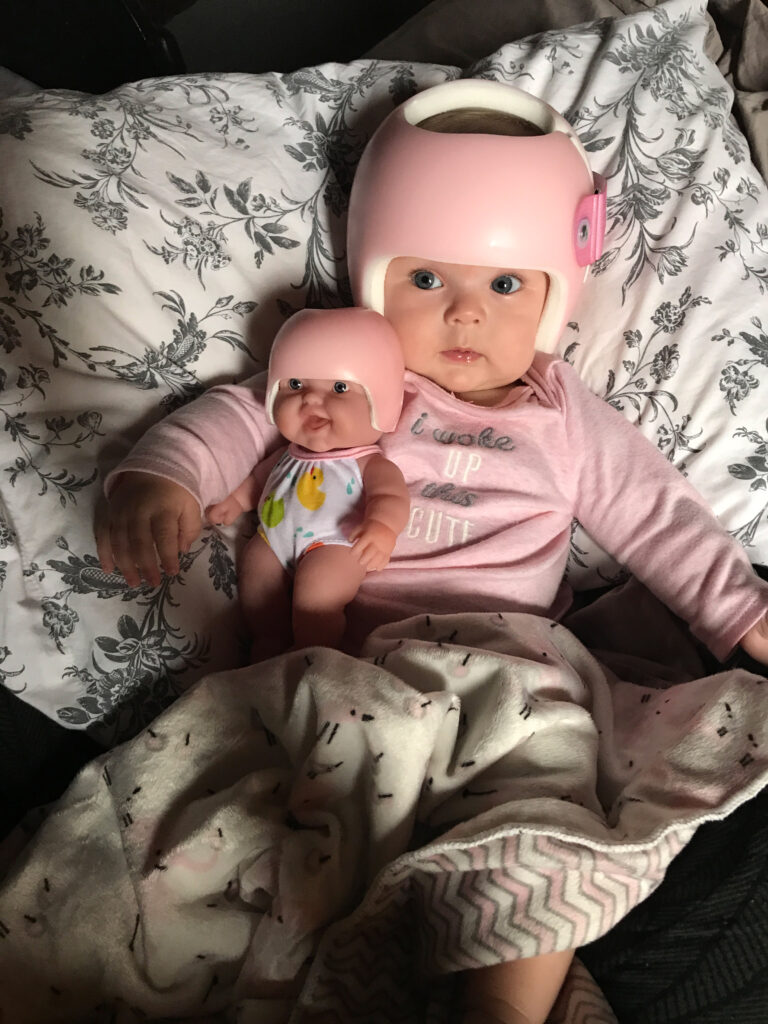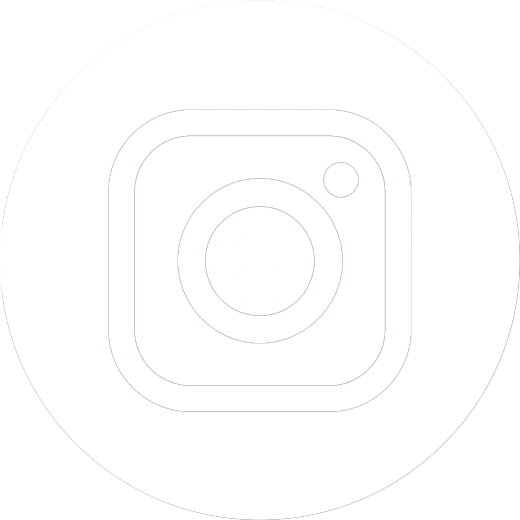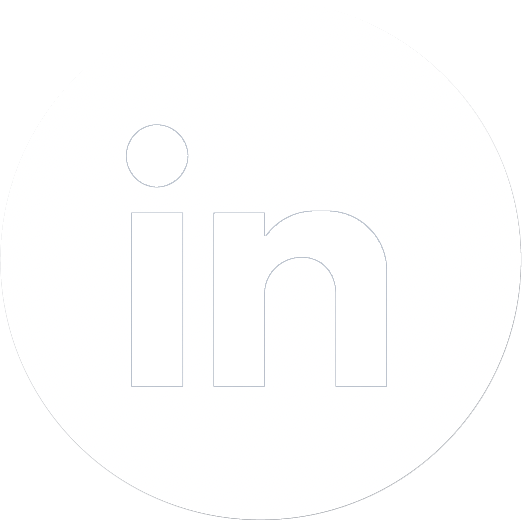Plagiocephaly and the Need for Cranial Helmets for Babies
Noticing an irregular head shape on your baby can be distressing, and the idea of treating it with a cranial remolding orthosis (CRO), commonly referred to as a helmet or band, can feel overwhelming. We’re here to simplify the process and equip your family with the information needed to make an informed choice about plagiocephaly treatment.
Innovative is a leader in addressing cranial asymmetry, particularly plagiocephaly, often known as “flat head syndrome.” Our certified orthotists adhere to clinical guidelines for the conservative treatment of plagiocephaly, which are recognized as benchmarks in the industry. Early detection and prevention are crucial for effective treatment. If you have concerns about your baby’s head shape, please consult your pediatrician or reach out to Innovative for a complimentary initial exam.
The following factors may increase the risk of cranial asymmetry:

